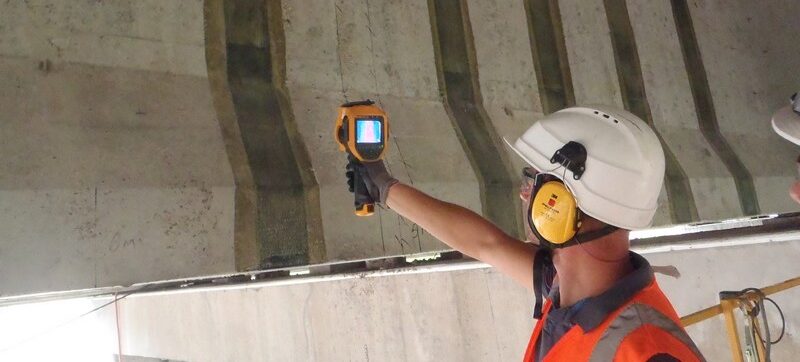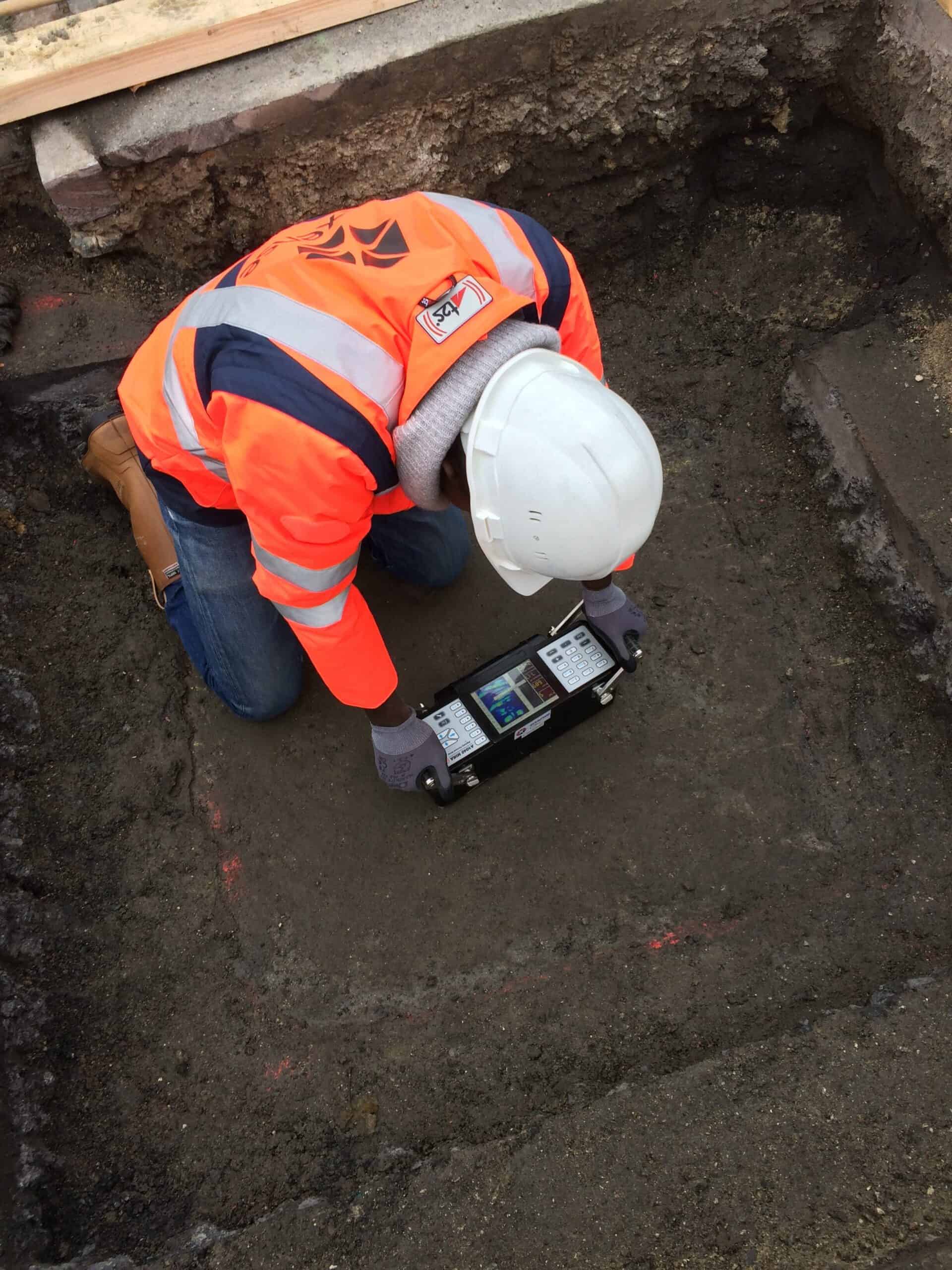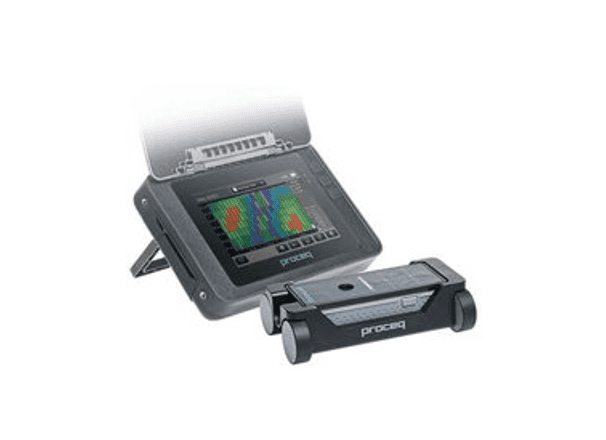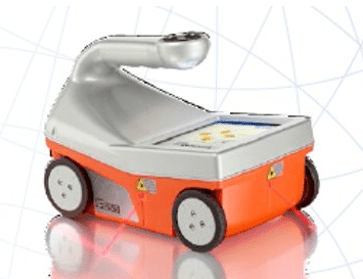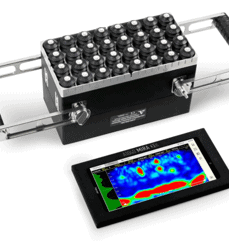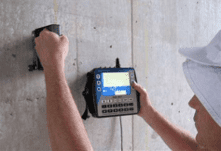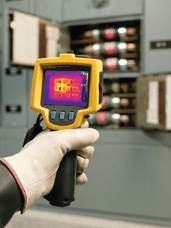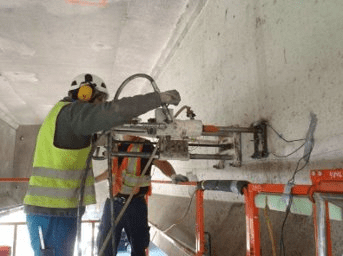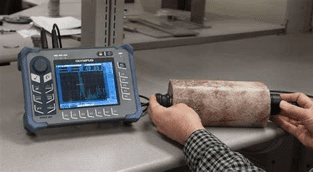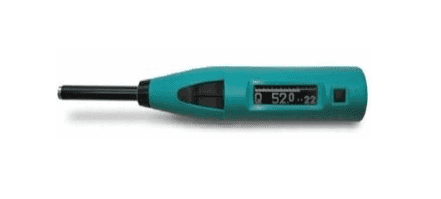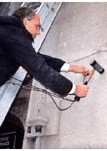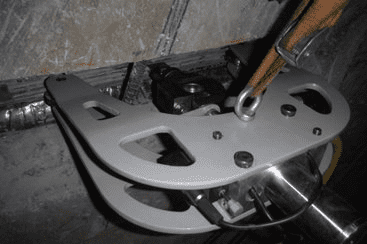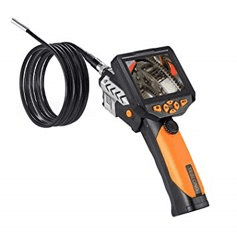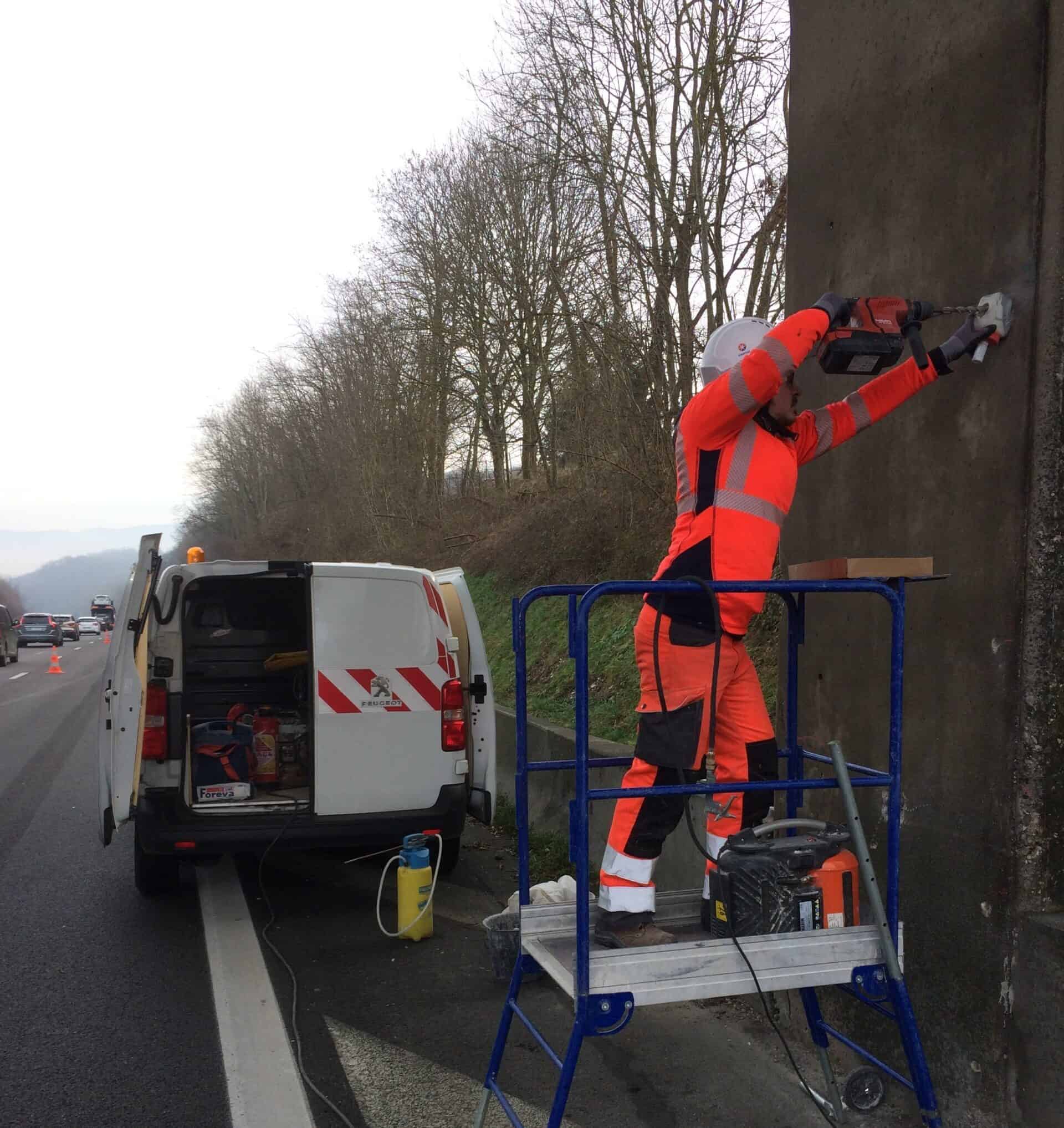Our teams have a very wide range of testing tools and methods at their disposal for precise and exhaustive assessment of your constructions (structure and materials).
Whether you are a project owner, project manager or a construction company, we work alongside you to check the health and performance of your structures as well as the quality of the work carried out. Our experts act as a trusted technical third parties to certify your constructions and secure the progress of your projects. Our role is to ensure the smooth running of your project and minimise any adverse delay.
The size of our equipment fleet, spread across all of our agencies, allows us to be very responsive wherever the worksite.
Structures – our methods
- Concrete cover meter
- Concrete and soil ground penetrating radar (GPR)
- Ultrasonic tomography
- Acoustic admittance
- Impact-echo
- Infrared thermography
- Slostress®
- Ultrasound measurements
- Half-cell potential
- Rebound hammer
- s’MASH
- Corrosion speed measurement
- Crossbow test
- Loading test and monitoring sensors
- Video endoscopy
- Digital coating measurement
Concrete and soil ground penetrating radar (GPR)
Ground-Penetrating Radar (GPR) is a non-destructive method that uses electromagnetic radiation in the microwave band of the radio spectrum to investigate and image the subsurface of underground utilities such as concrete, asphalt, metals, pipes, cables and masonry through the reflection of those signals.
Ultrasonic tomography
Internal defects detection (up to 1m) like voids, delamination, honeycombing, poor quality bond in overlays. The MIRA Tomographer emits shear waves into the concrete and measures the travel time and amplitude of those pulses that are reflected to an object in the concrete structures to create a three-dimensional (3-D) representation of internal defects.
Impact-echo
Use of reflected stress waves to obtain information on the depth of the internal reflecting interface. The use of impact-generated stress (sound) waves propagate through concrete and masonry are reflected by both internal and external flaws which allows for the testing of Concrete and Masonry using the Impact-Echo method.
Half-cell potential
In reinforced concrete structures, there is a natural protective film that forms on the surface and prevents the bar from corroding. With time and due to the presence of oxygen and water, an electrochemical reaction initiates the process of corrosion to rebars inside concrete. The half-cell potential test is used to determine the probability of corrosion within the rebar in reinforced concrete structures.
Rebound hammer
Rapid estimation of the concrete compressive strength. The Rebound Hammer test is a non-destructive test that allows for a fast and in-situ way of obtaining the compressive strength of the concrete by allowing a mass with a constant energy to hit the concrete and bounce back. The higher it bounces back, the greater the concrete strength.
Crossbow test
Tool developed by SIXENSE to assess the remaining force in wires/strands used in pre-stressed concrete structures. The Crossbow analyses the state of prestressed structures by removing a part of the concrete to connect to the PT cables and calculate the strength required to move this cable by a few millimeters.
Loading test and monitoring sensors
During the construction, the most important thing to keep in mind is the ability of the soil to withstand the loads imposed by the structure. Thus, the foundation should be strong enough to support the loads. This makes load testing an important aspect of building construction. Loading test can be done for the foundation as well as the post constructed structures also to ensure the load bearing capacity by applying certain load on it and measuring the deflections.
Digital coating measurement
A protective coating is very important in the durability of steel structures. The use of a gauge to measure the coating thickness on the steel elements shall allow to define the zones on the steel elements where the coating is thin or completely lost, if any. For this task, an instrument known as elcometer shall be used.
